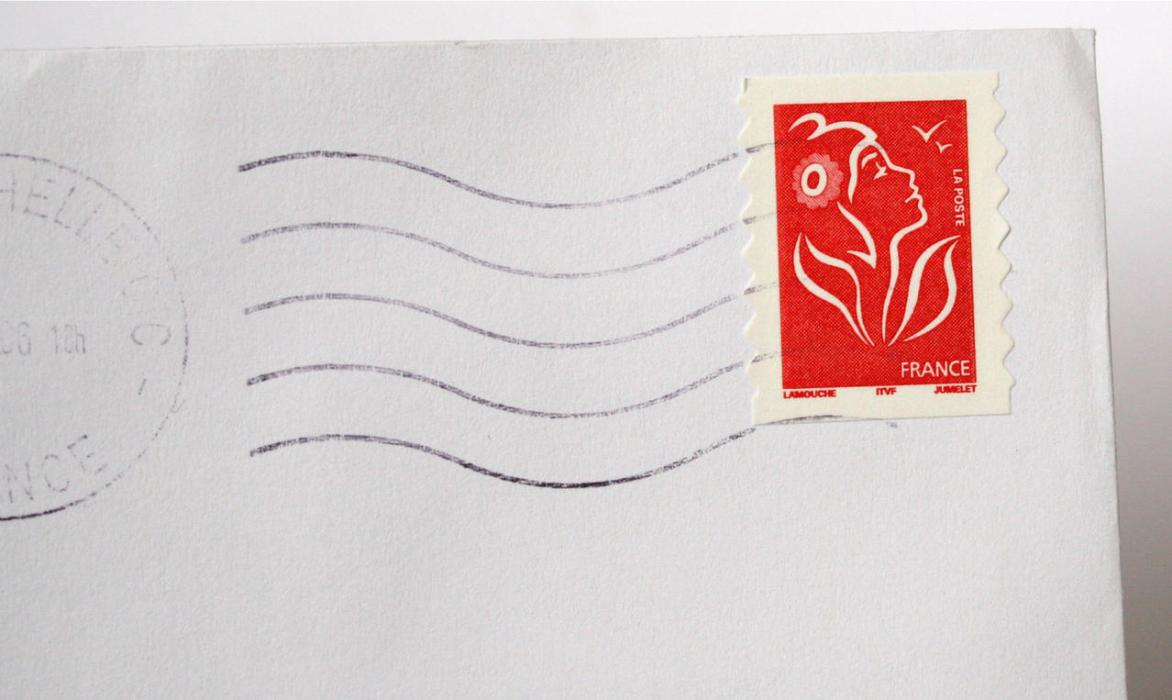
To connect with your readers, it's important to know who they are. You can then write in a way that not only conveys the information they need or want but also connects with them. Before you start, ask yourself these questions.
- Who is going to read what you write?
Think about your readers' age, education, background, primary language, and relationship to you. These are all factors that may change the information and tone you take when you write.
Ask these questions to identify your readers:- Will all my readers have specialized skills related to the subject matter?
- How can I make this document understandable and readable for my reader?
- What information do I need to communicate and what do I want the readers to understand?
The purpose of your writing is another consideration. For example, if you’re writing to refugee parents about free health clinics, you’ll want to share facts about the services, hours, and locations in plain language that is easy to understand. So, instead of talking about Pertussis and Conjunctivitis, you would refer to Whooping Cough and Pink Eye. Effective writers tailor the content—and the vocabulary they choose to use—to the needs of the intended readers.
Ask these questions to determine your content:- What do my readers already know?
- What will my readers need to do with this information?
- What tone should I use when I write?
Depending on the workplace environment, sometimes your readers might expect a formal tone. Others might consider formal writing to be cold and impersonal, preferring a much more casual tone. The right tone is important and will influence how the reader responds to what you write. For example, if you write to a potential new employer about your skills, you want to be professional, courteous and confident. If you’re writing to a familiar person, you might be less formal and more conversational.
Ask these questions to consider your tone:- Do my readers have any preconceived views?
- How will my readers react to this information?
What Writing for Your Reader Looks Like
Let’s look at two examples of writers explaining the same idea but to two different sets of readers.
Example 1
For veterinarians: The equine sustained musculoskeletal injuries that included a fracture of the cannon bone and a slight laceration of the right flank. There is also evidence of a hematoma adjacent to the laceration. The prognosis is good with surgical fixation.
For a general audience: The horse’s injuries included a broken leg and a slight flesh wound as well as some bruising on its right side. The broken leg should heal well with surgery.
As you can see, the paragraph for veterinarians is written with a very business-like, formal tone and uses very advanced vocabulary and medical terminology. Contrast that with the paragraph written for a general audience, which has a professional tone but a much less formal style. The second example is much more easily understood by someone who does not know medical terms.
Example 2
For a business client: I’ve attached the contract for you to have signed by your signing authorities. Please return the completed contract to my attention by July 15 to ensure we can keep to the project timelines. Thank you.
For a coworker with whom you have a good relationship: This contract needs your signature and then our CFO’s signature by July 15. Please return it to me once you’ve both reviewed and signed it. Thanks!
Notice that while each example is courteous and professional, the tone moves from more formal to less formal. Similarly, the vocabulary changes from more complex to less difficult.
How you write affects whether your readers get what you're saying. If your words or tone are confusing, your message won't come across right. This is why it’s important to know your readers so you can tailor your writing to build rapport and communicate your message clearly to them.
To get these tips sent directly to your inbox, sign up for our monthly newsletter.








